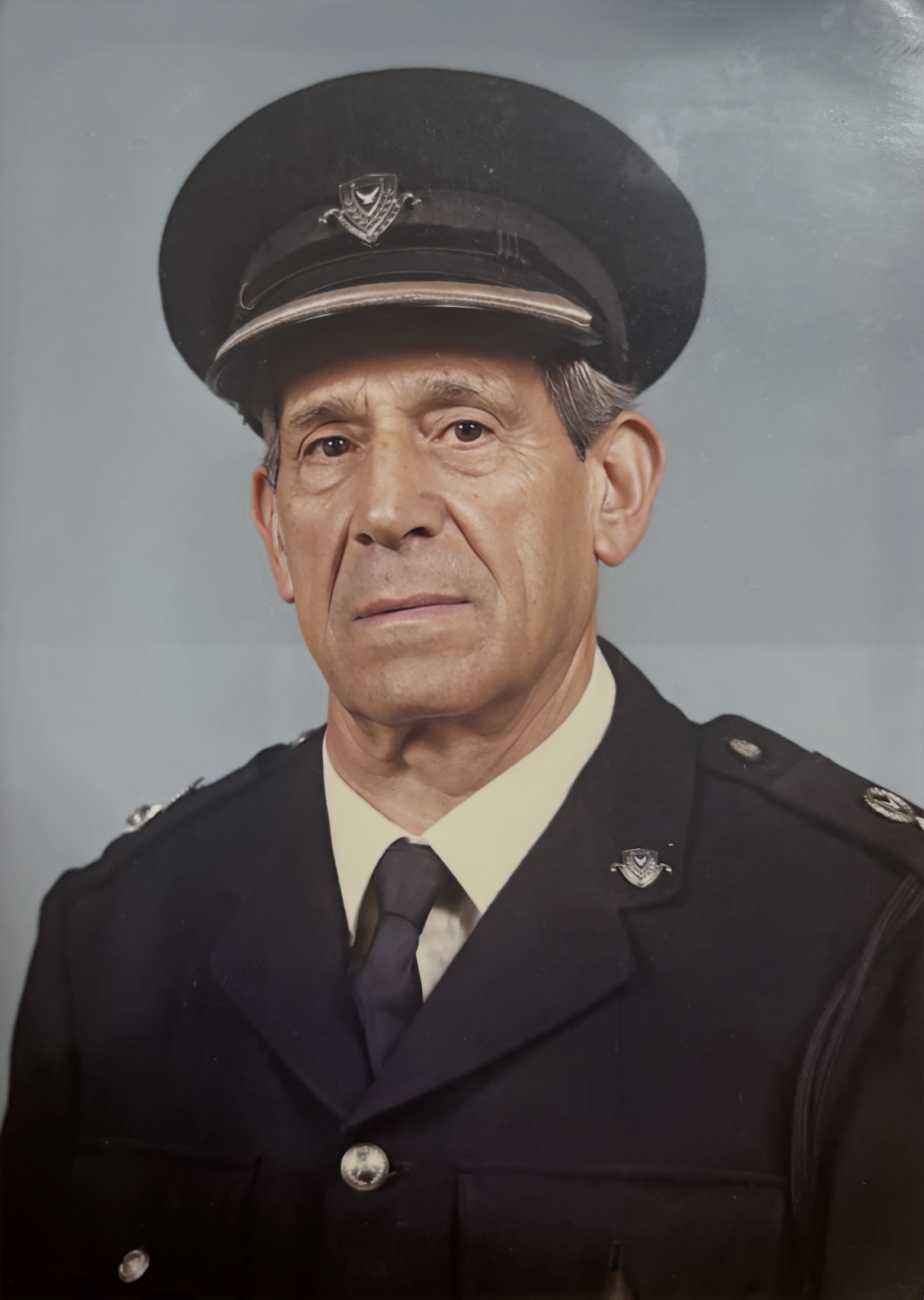Many years after the war, Phylactis Aristokleous recorded his memories of life as a prisoner. His memoir was written in the 1990s, long after he had returned home to Cyprus and built a new life. Writing it allowed him to look back on events that had shaped him as a young man and to make sense of what he had seen and felt.
When people remember the past, they do more than list facts — they turn memories into stories that help them understand what happened and why. Time can blur details, but it can also make important moments stand out more clearly.
Historians call this kind of first-hand story a testimony. Testimonies are valuable because they give us details that official records often miss:, what the camps smelled like, what people said, and how they found hope. They help turn history from dates and numbers into human experience.
Memories are not always exact, but they carry what historians sometimes call emotional truth, the sense of what an experience felt like for the person who lived it.
Phylactis’s memoir mixes close observation with feeling. He writes about freezing winters, thin soup, and the jokes that kept men going. His words are honest about fear and guilt, but they also show moments of kindness, courage and humour.
Using his memories helps us explore both history and humanity. Behind every account of war is a person who lived, remembered, and chose to tell their story.
Several photographs in this resource are taken from the personal collection of Alexander Fairley, shared with MyLearning by his grandson Ian Fairley. Alexander Fairley was a British prisoner of war who spent time in both Stalag VIII/B in Silesia and Stalag 383 in Bavaria. Because prisoners often took and developed their own photos, some images cannot be linked to one specific camp, but together they provide a vivid record of camp life and community.
